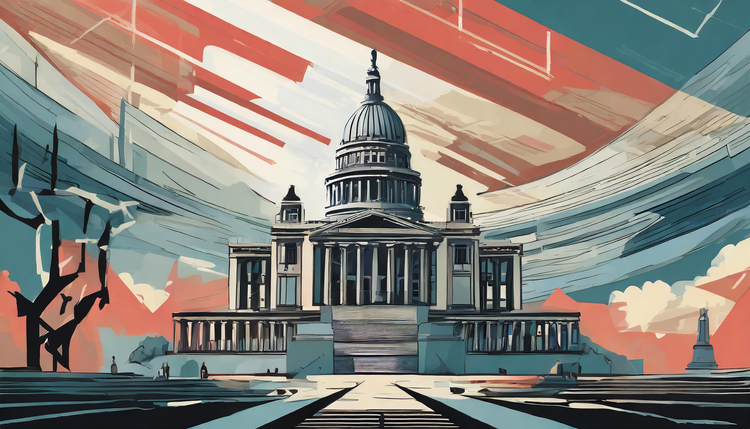How To Kill Urban Innovation
The central paradox of modern cities is that they were designed and built in the nineteenth century, slightly updated in the 20th-century, and need to accommodate a 21st-century population-and-technology boom.
It's not working.
In both developed and emerging countries, urban innovation is far outpacing urban infrastructure.
As former Vice President Biden said about my hometown:
“If I took them blindfolded and took them to LaGuardia airport in New York, he would like ‘I must be in some third world country.’ I’m not joking.”
According to McKinsey, the world needs to spend $3.3 trillion annually on infrastructure to support expected growth. Another report, from PwC, estimates that global infrastructure spending will be ~$78 trillion between 2014 and 2025.

The World Economic Forum estimates that every dollar spent on capital projects returns between 5–25%. This multiplier effect benefits commuters, shipping and logistics, and the efficient movement of people and goods. It also adds to citizens' quality of life.
When infrastructure is in disrepair, economic activity suffers. Look at New York City — the roads are impassable, the subway is slow and overcrowded, the bridges are crumbling, and the airports are embarrassing. The problem gets worse every day.
For many years, top American scholars have argued for an American Infrastructure Bank that would develop public-private partnerships, provide low-interest financing, and establish a roadmap for large, high-value infrastructure projects. By providing the “first money in,” the United States government would attract private capital from all over the world.
As a rising power with unprecedented mass-movement to cities, China recently developed its own infrastructure bank. The bank, known as the AIIB, launched with $100 billion in capital and was conceived as China’s answer to the World Bank and Asian Development Bank, institutions dominated by Washington and Tokyo, respectively.
The AIIB has delivered a propaganda coup for China by attracting 57 founding members, far more than expected, including close U.S. allies like the U.K., Germany, France, and Australia.
With historically low interest rates, America should make significant, economic-focused investments in infrastructure. These investments would spur economic growth, job creation, and urban innovation.
The 21st-century world is an urban one. The question will be whether we can move beyond dial-up-level public infrastructure.





